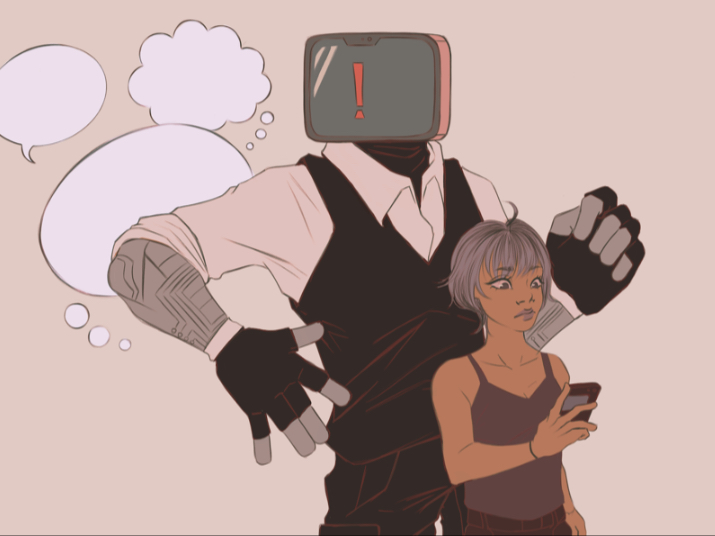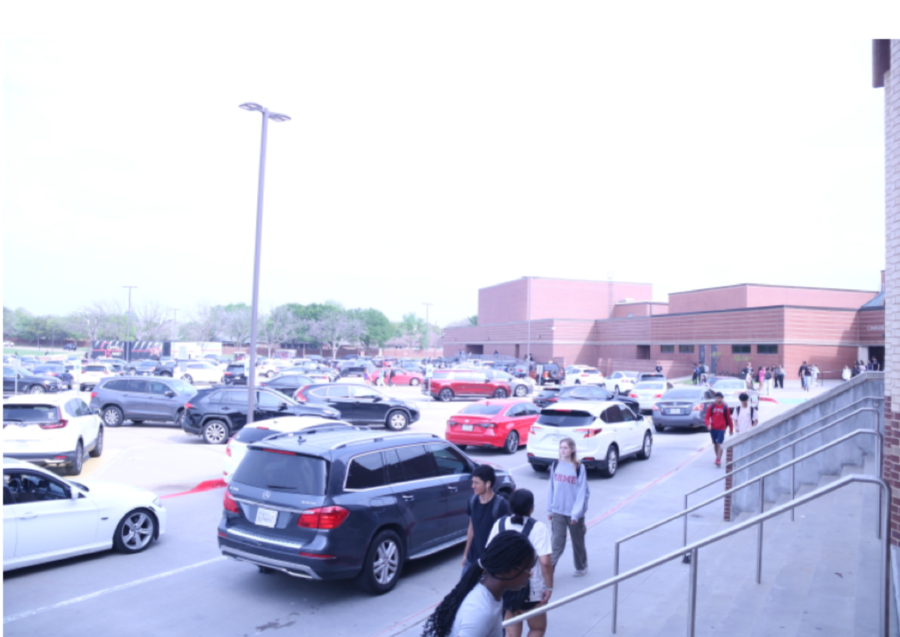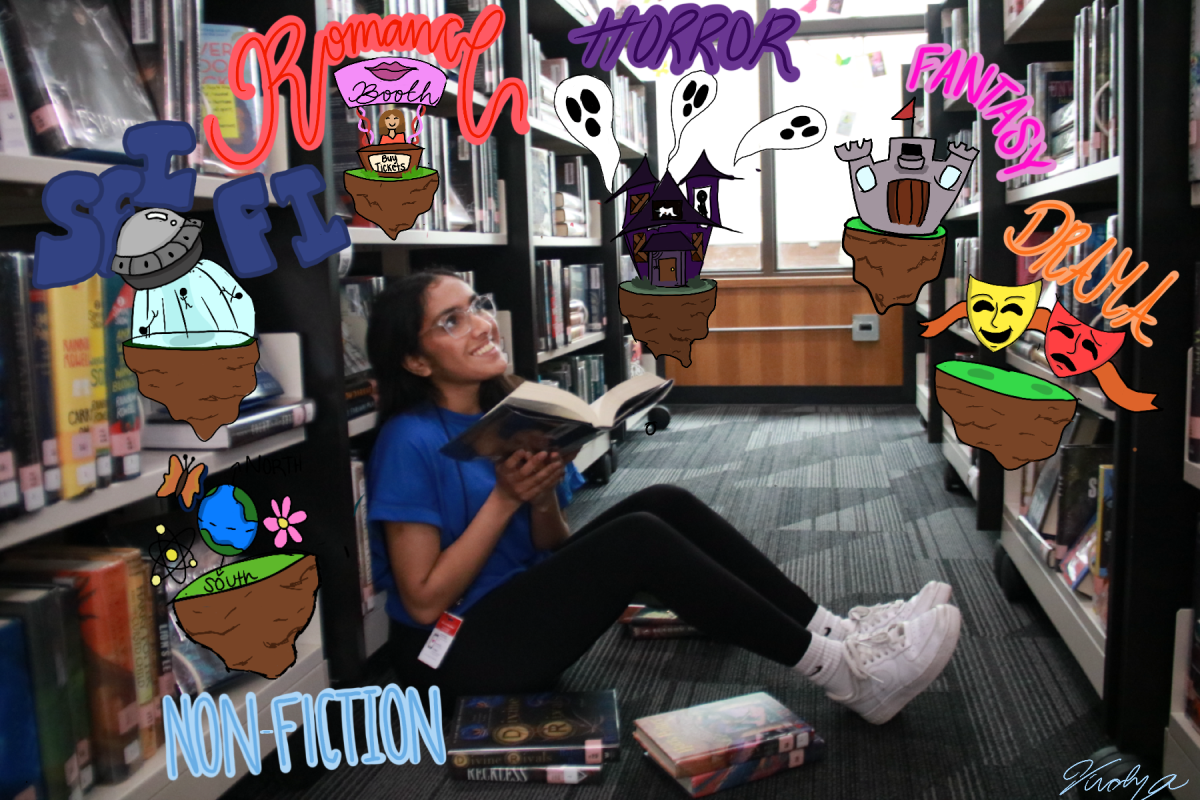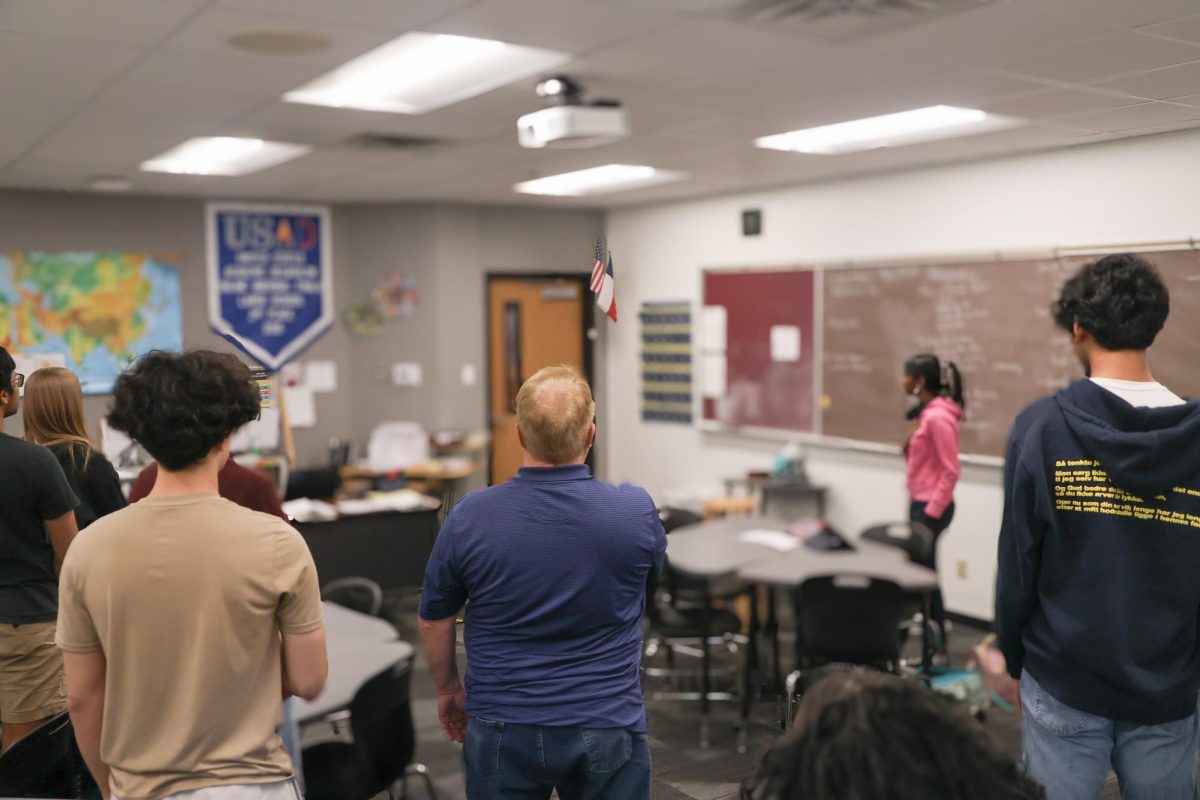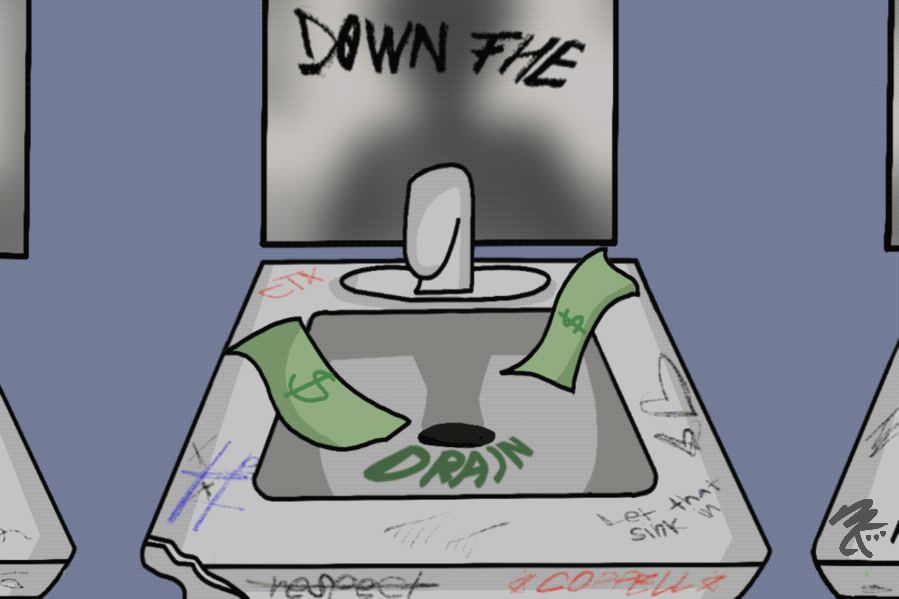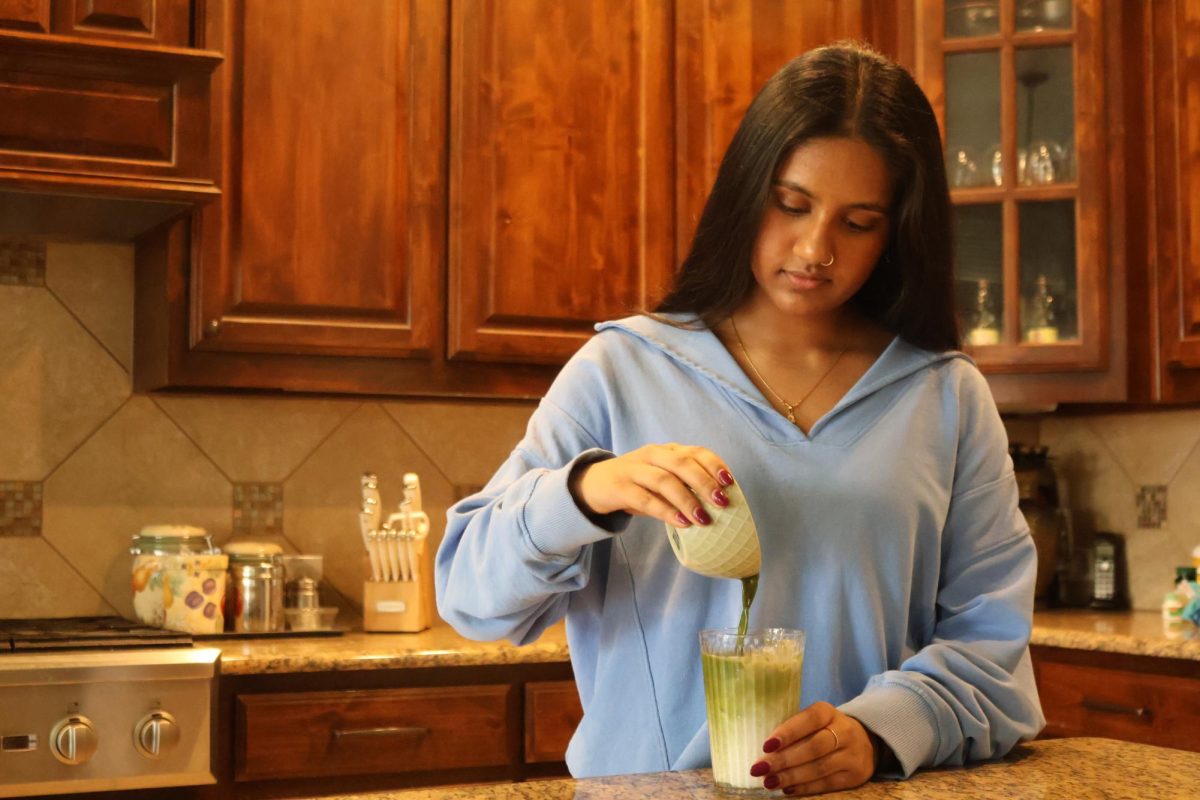I’m idly scrolling through TikTok, looking for a quick distraction, when I came across a clip of someone making a witty remark about a political issue.
The cleverness and humor draw me in, and I find myself smiling at their sarcastic take on current events. But before I know it, I’m knee-deep in a stream of videos filled with biting commentary and sharp one-liners.
I’m amused as my thumb keeps swiping, my eyes stay fixated on the screen, each swipe getting a laugh out of me, my sense of time vanishing.
This isn’t just a random collection of viral clips, and seeing them wasn’t coincidental. It was the algorithm in action, feeding me content designed to amuse and entertain me, reinforcing polarization, one witty remark at a time
So I stop and reflect for a second. Are these algorithms trapping us in a bubble where we hear the same opinions without realizing it?
It is as if the social media algorithm can read my mind, serving me exactly what I want to see and hear. Before I know it, I’m completely hooked, scrolling through a seemingly endless stream of videos of creators echoing the same trends and ideas in sync with my own preferences, feeling like they know me better than I know myself and leaving me in a trance of seamless affirmation.
I would be lying if I said I’ve gotten bored with it, but it does make me wonder: What is it about social media platforms that keeps me coming back for more?
In today’s world, social media is a fundamental part of our daily lives, especially for teenagers. We rely on social media to stay connected, share our lives, to keep up and participate in current trends, not realizing the content we see on our feed tends to align with only our own individual interests.
As we dive deeper into repeated content atoned to our preferences, I can’t help but think we’re getting trapped in a digital echo chamber, where the boundaries of our worldviews are slowly, but silently, shrinking with every tap.
The interactions we make on social media allow personalized experiences by predicting what type of content will keep us engaged. Based on these predictions, the algorithms rank and filter content to present the most engaging posts at the top of our feeds, often prioritizing those with high user engagement and freshness.
Social media platforms are constantly optimizing these algorithms to increase user retention, leading to regular updates that refine their ability to capture our attention.
This can have a cascading effect, leading to repeated interactions with people who think like you, further solidifying your beliefs.
At first glance, algorithms seem like a good thing, making our online experiences more enjoyable—who wouldn’t want to see more of what they like? But there’s a reason and a downside to the quick dopamine hits you receive every time you see content you enjoy. As the algorithm tailors our feeds to our tastes, it limits our exposure to diverse viewpoints, reducing our ability to engage with new ideas and reinforcing our existing biases.
Social media is often celebrated for its ability to connect people across the globe, exposing us to new ideas and perspectives. But the truth is that the algorithm does the opposite, feeding you content that you’re already interested in.
It is easy to believe that your opinion is the only valid one when everyone you follow agrees with you. While having your own opinions is valuable, it’s crucial to recognize that there’s often another perspective that you might be missing.
This dynamic is driven by confirmation bias—the tendency to embrace information that validates our existing beliefs. The more we interact with content that validates our viewpoints, the less likely we are to see or accept differing opinions.
Simultaneously, controversial or extreme content often gains traction because it provokes strong reactions, creating a feedback loop. Sensationalism and outrage become more prominent, driving the spread of content that polarizes rather than unites. As a result, it’s increasingly difficult to break out of echo chambers and engage in balanced, meaningful discussions.
These algorithms can have a significant impact on teenagers, who are still forming their identities and discovering their beliefs. If we’re only exposed to one side of the story, we’re missing out on the opportunity to learn and grow. Being confined to a single echo chamber, our critical thinking suffers, and the ability to engage in meaningful conversations with those who hold opposing views becomes increasingly difficult.
Ultimately, social media is a powerful tool that can connect us with others and expand our horizons, but we must use it wisely. By being mindful of the echo chamber effect and understanding that the content you see on social media is curated by an algorithm designed to keep you engaged for as long as possible, not necessarily to inform you.
Let’s break free from our bubbles and open our minds to the world beyond our algorithmically curated feeds.
Follow @deepika.kumar__ on Instagram and @CHSCampusNews on Twitter.



